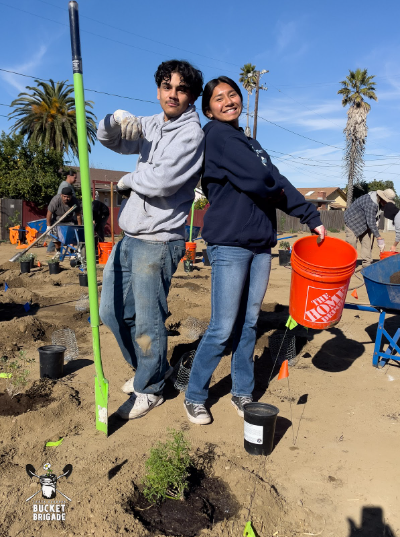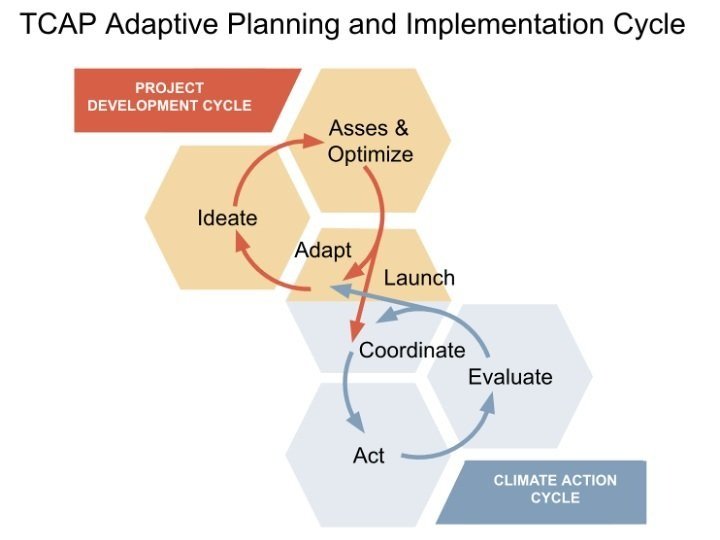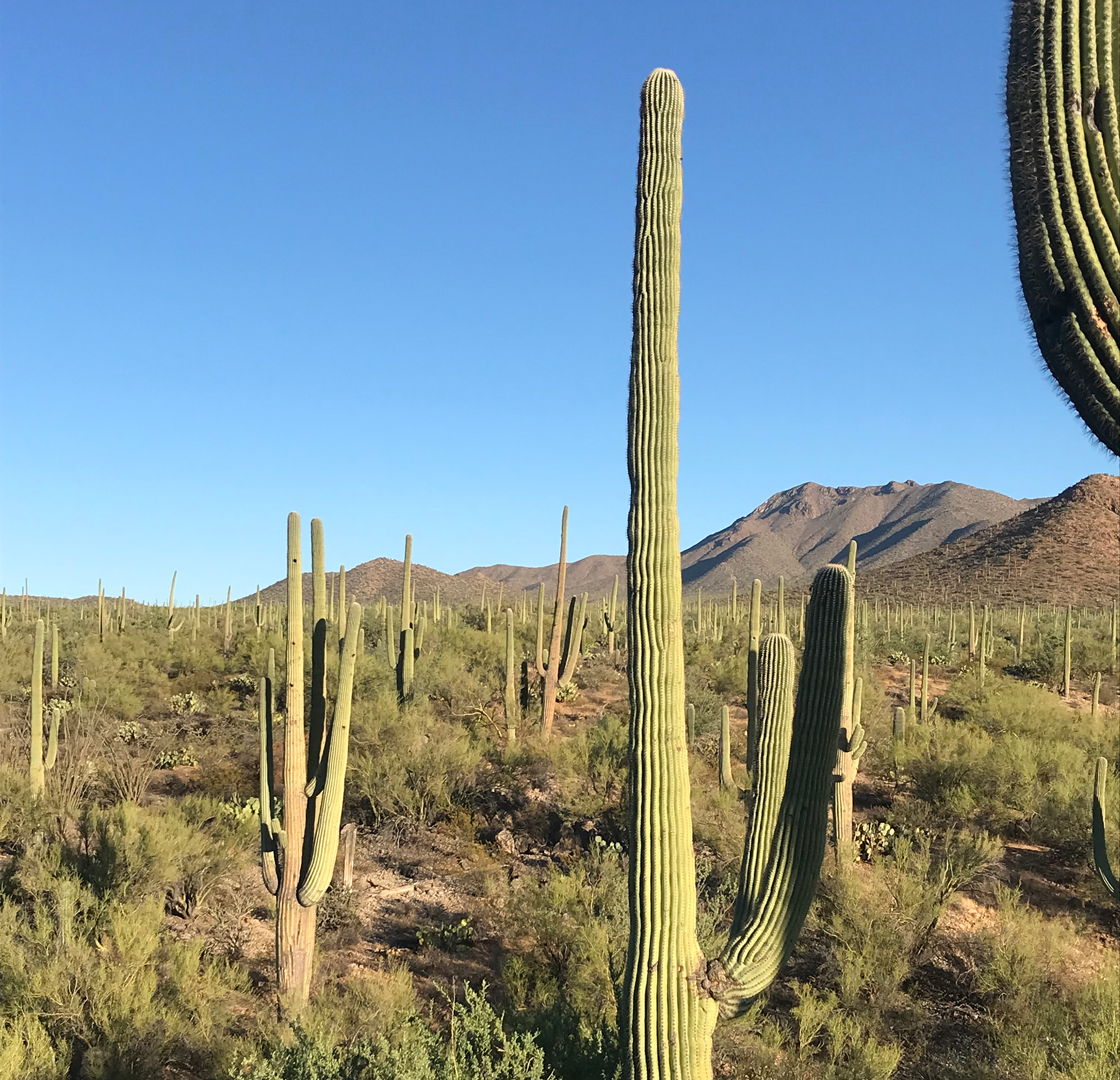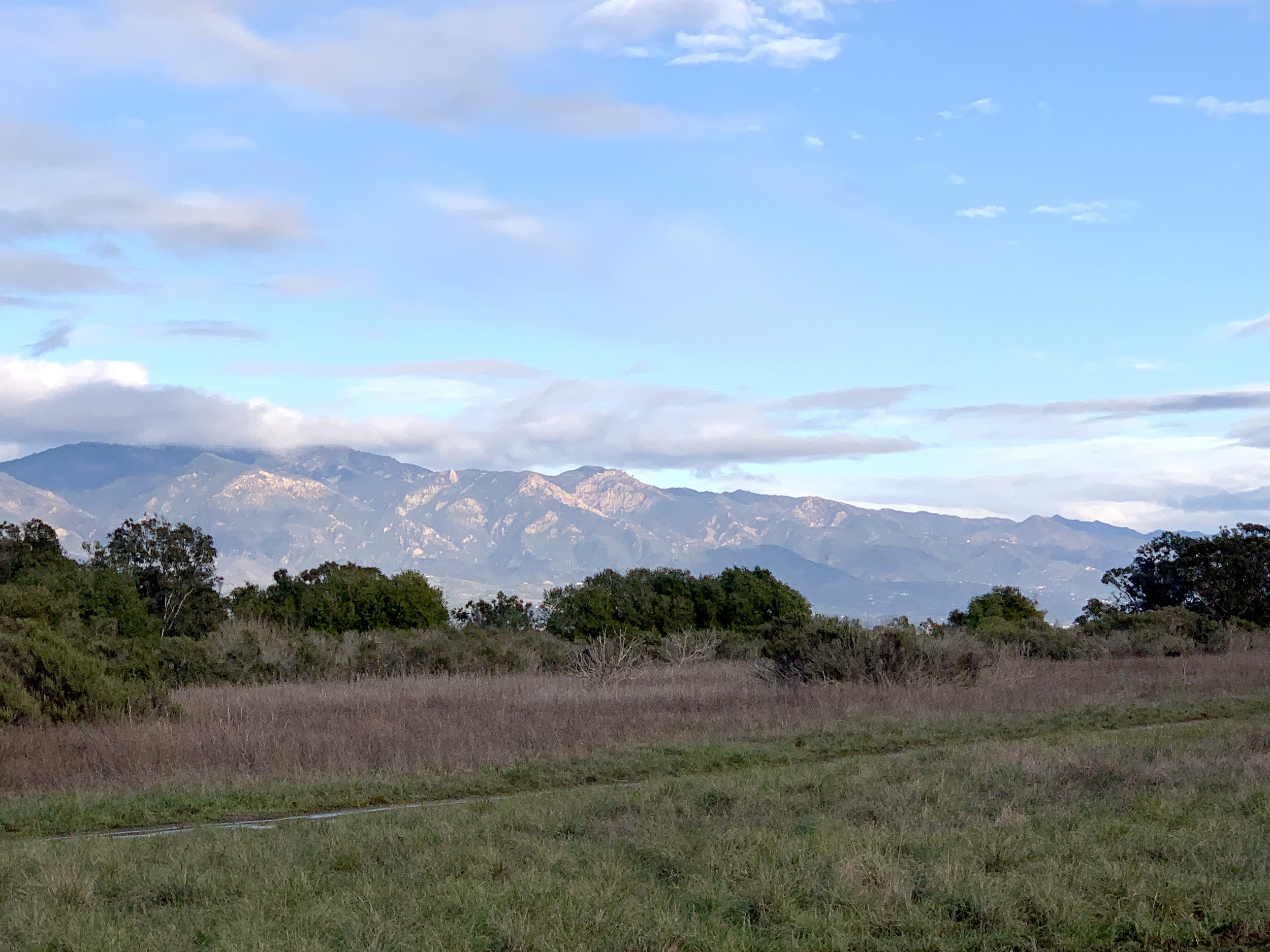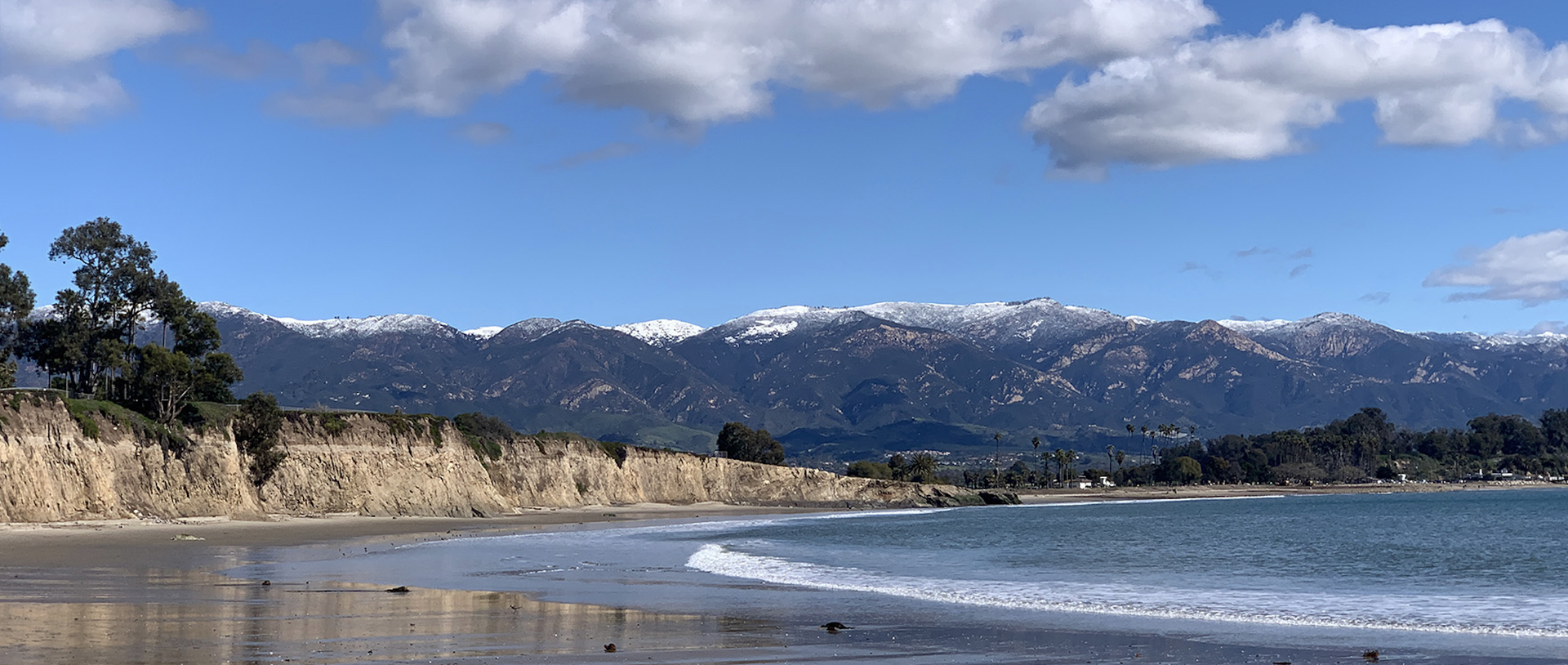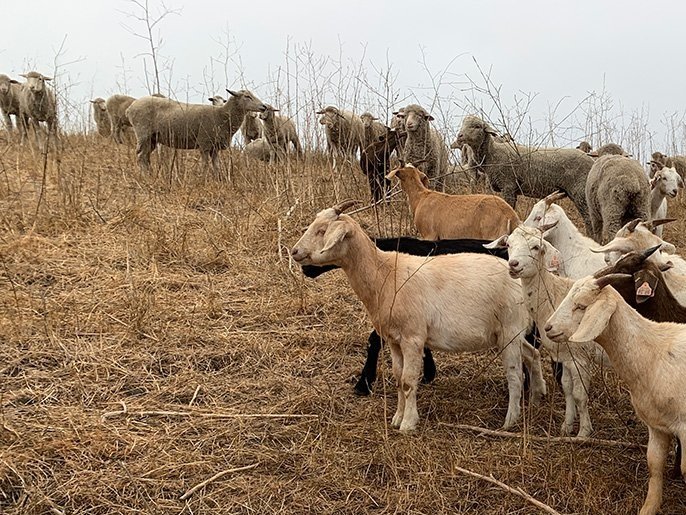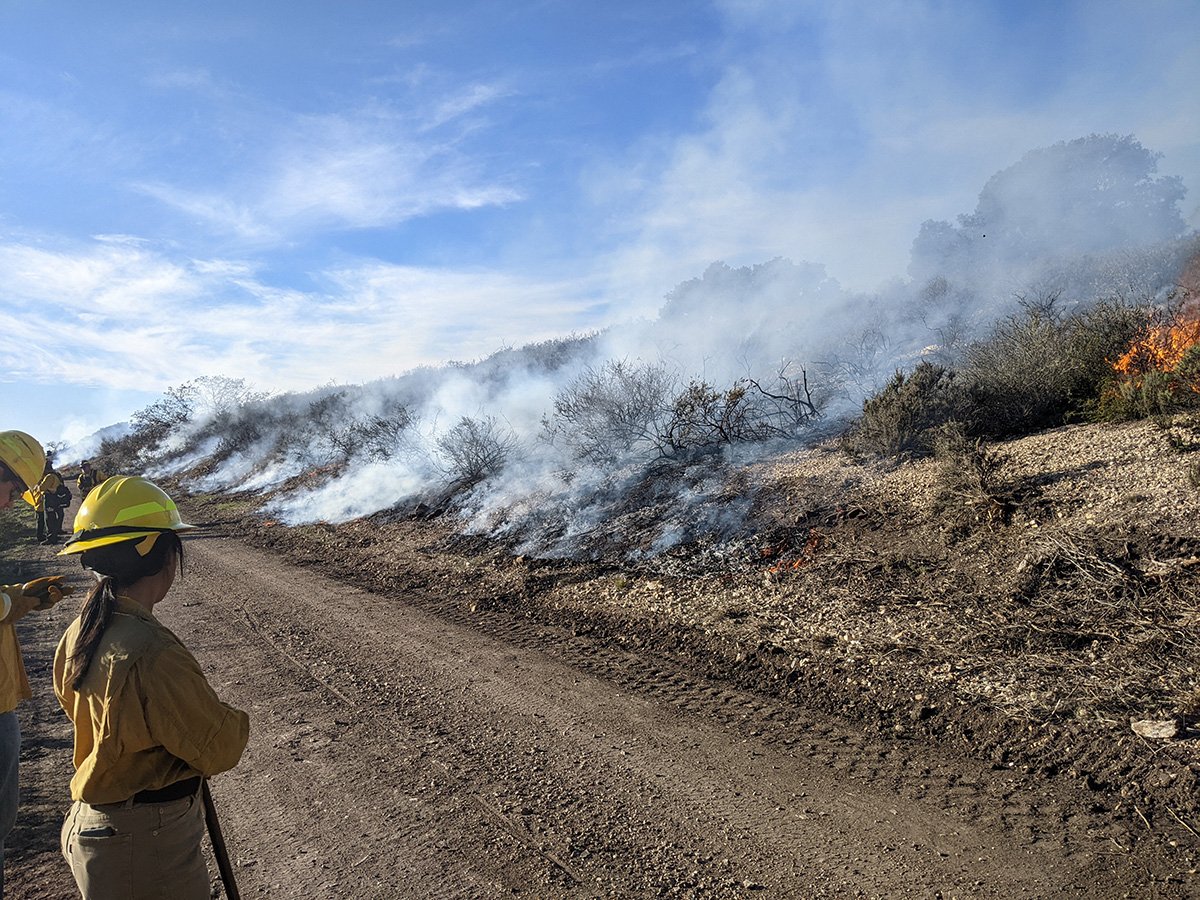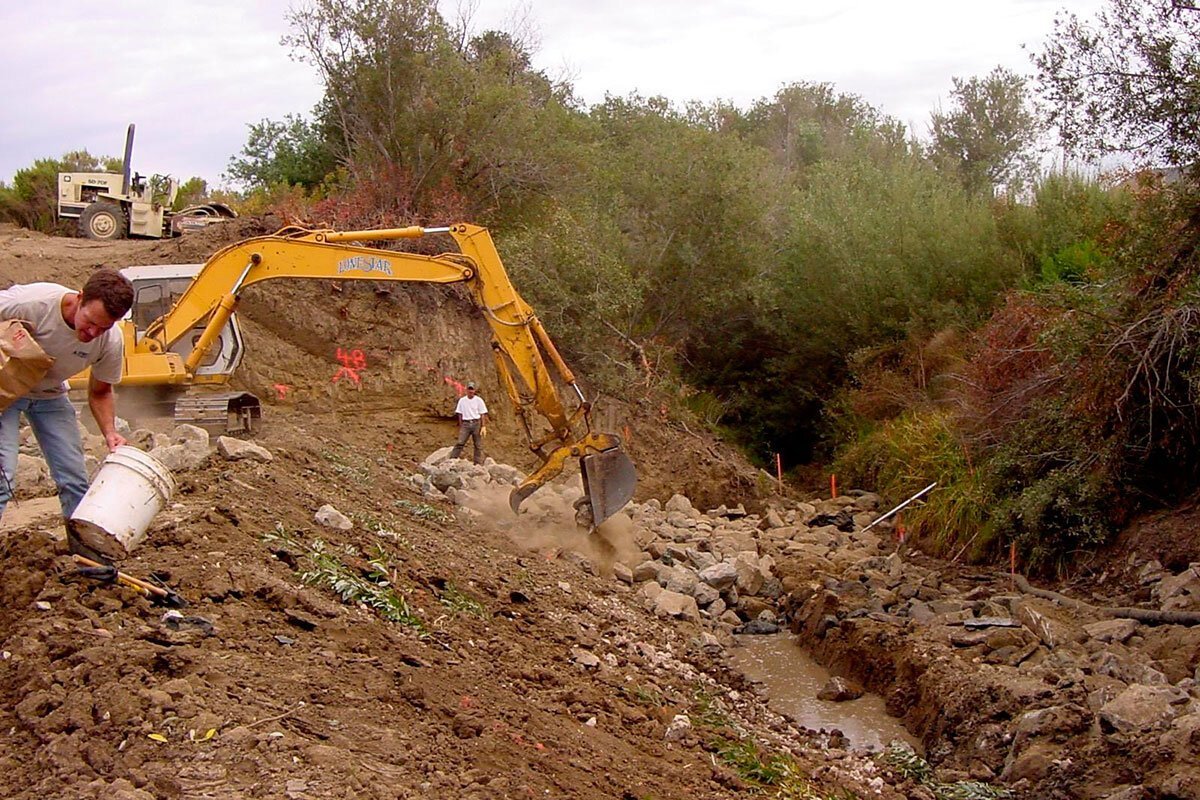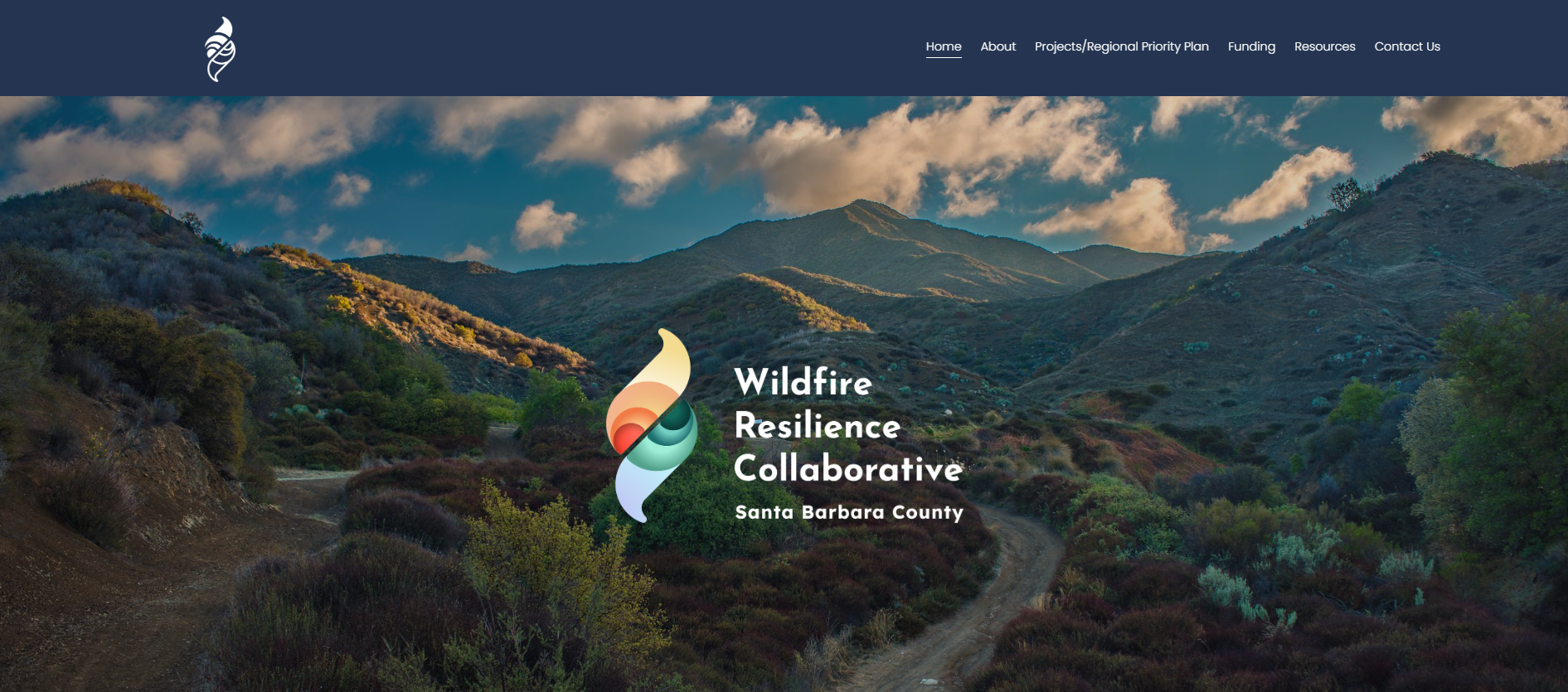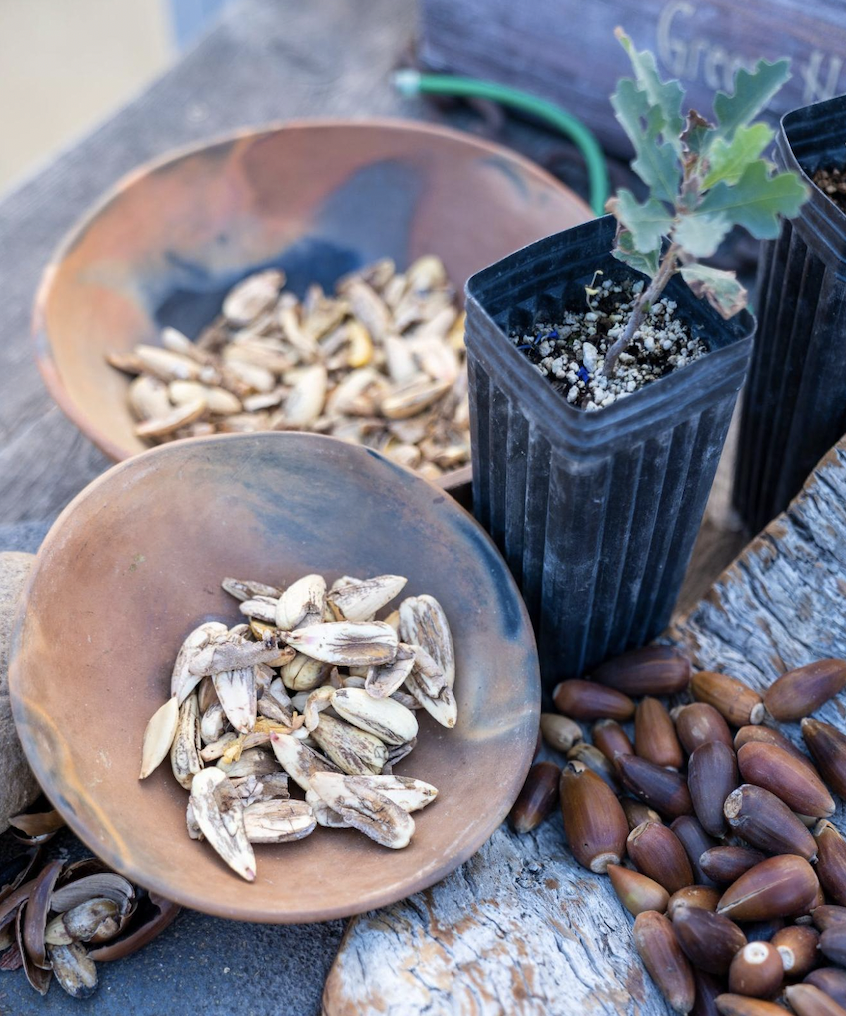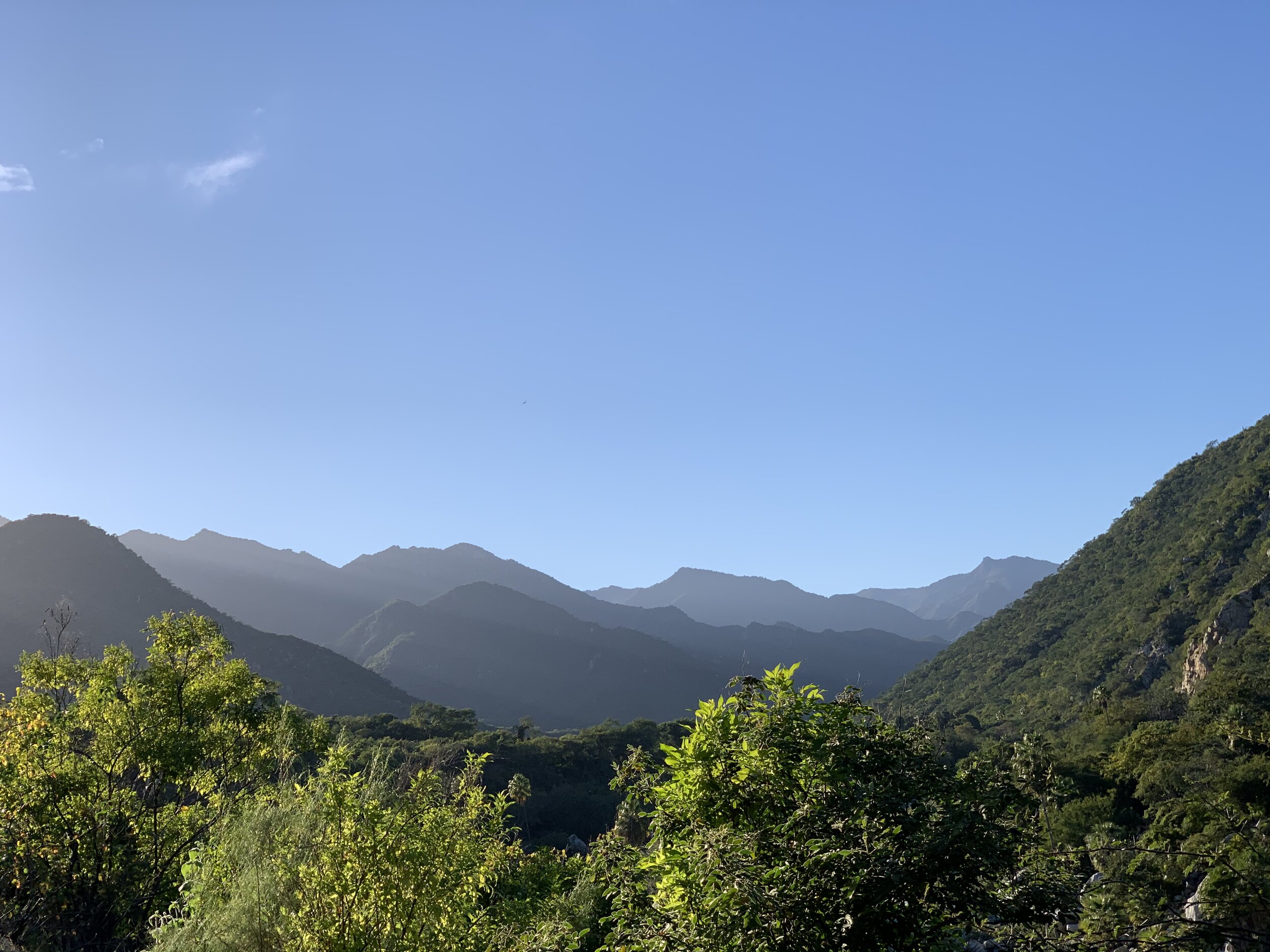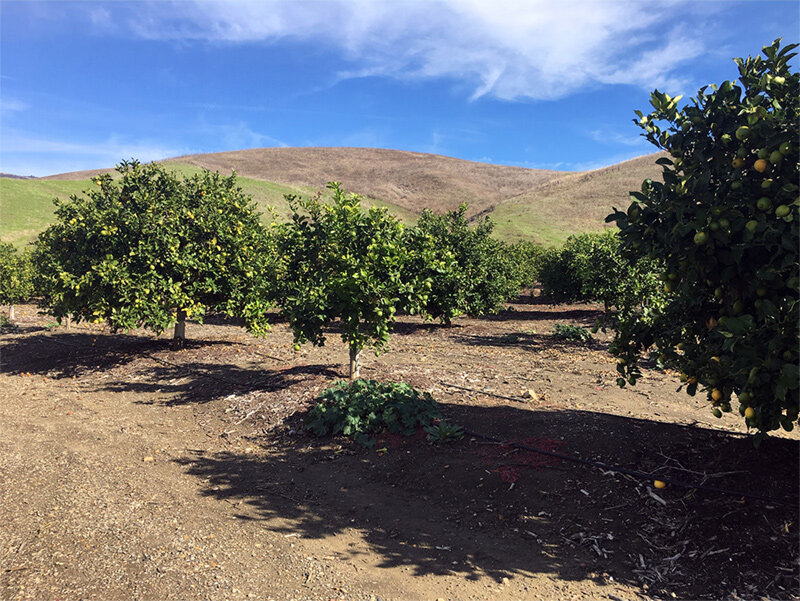
Climate
The climate crisis is driving and compounding many of the challenges we face in our communities and regions. The impacts of drought, extreme heat, storm surges, intense storms, flooding, and sea-level rise are hitting home, and we are finding common cause across divides in identifying and advancing community driven solutions customized to local conditions.
Climate Projects and Insights
Late in 2021 LegacyWorks Group began connecting with local groups in the Lompoc community to understand challenges, needs, strengths and opportunities.
Jackson, Teton Valley Teton Climate Action Partnership (TCAP) unites climate action sectors to attain equitable net-zero carbon in the Teton region by 2030. Through collaboration, TCAP connects partners, incubates projects, and tracks results on the TCAP dashboard. Regular meetings center on equity and emphasize ...
Since early 2022, LegacyWorks Group has been playing a central role in the evolution of Catch Together, a nonprofit program helping small-scale fishermen and heritage fishing communities ensure they retain access and continue to steward and conserve their local fisheries.
Sentinel Landscapes are federally designated priority areas that contain high priority lands for multiple federal and state agencies along with military installations of national importance to the Department of Defense. LegacyWorks Group is supporting the evolution of the program at the national and local levels to better enable each Sentinel Landscape Partnership to set and achieve highly ambitious, landscape scale conservation, community and climate resilience goals.
Ellwood Mesa is an important node in a connected mosaic of protected lands in Goleta. It is also one of the most important overwintering sites for the western population of monarch butterflies. Monarch populations are declining globally, and the overwintering population at Ellwood has declined as well, raising alarm bells in the community.
Community resilience is our collective capacity to endure, respond and recover from adversity. Resilience allows us to adapt and grow after a disaster, whether a pandemic, flood or wildfire. At LegacyWorks, we work to build community resilience every day as we show up in service of emerging community needs.
Wildfire affects every person and every sector in our community; the scale and complexity of this problem requires every one of us to take action to advance our region’s resilience. We must learn to adapt and develop new strategies for learning and working together.
Prescribed herbivory and grazing is a unique tool that can reduce fire fuels, create mosaics of open space in thick brush, reduce invasive species, improve soils and native habitat, and reduce the risk of high-severity fires.
Indigenous people traditionally used low intensity fire to shape landscapes, ensure the abundance of culturally important plants, create clearings for wildlife and open understories for access to foraging areas. Today, Good Fire has functionally been removed from our landscape due to the loss of cultural burning traditions combined with more than 100 years of aggressive fire suppression.
The Goleta Riparian Corridor Wildfire Risk Reduction & Restoration Project was funded by a California Coastal Conservancy Grant and builds on initial planning work by the Environmental Defense Center that identified wildfire risks and restoration opportunities in numerous sites within twelve watersheds.
Santa Barbara is rich in natural communities that are specifically adapted to its Mediterranean climate. These include coastal scrub, chaparral and foothill woodland plant communities, some of the world's most imperiled ecosystems.
Since our last letter to you, December rains have rejuvenated the hillsides and provided a brief respite from the concern of wildfires. Yet with such a dry, hot January and February and the continuing drought, we’re rapidly headed into a long season of very high fire risk. The question of how we learn to live with this new wildfire regime is at the forefront of our minds.
The Center for Renewable Energy and Environmental Quality (CERCA), with San Francisco-based ACLIMA’s technology, has the best science-based, citizen-led air quality monitoring and reporting in the state capital of La Paz where most of the state’s power, including burgeoning Los Cabos, is produced.
In partnership with the Cachuma Resources Conservation District, LegacyWorks helps owners of working lands to plan and implement regenerative agricultural and grazing management practices to increase the rate at which carbon is captured and reduce the rate at which it is lost or emitted.
The Cachuma Resource Conservation District (CRCD) is conducting a planning, mapping and assessment phase for a Regional Priority Plan (RPP) to reduce wildfire risk and improve forest and habitat health on public and private land in the urban/wildland interfaces.
Together with the Community Environmental Council (CEC) and a robust steering committee, LegacyWorks co-designed and facilitated a series of multi-stakeholder Resilience Roundtables.

